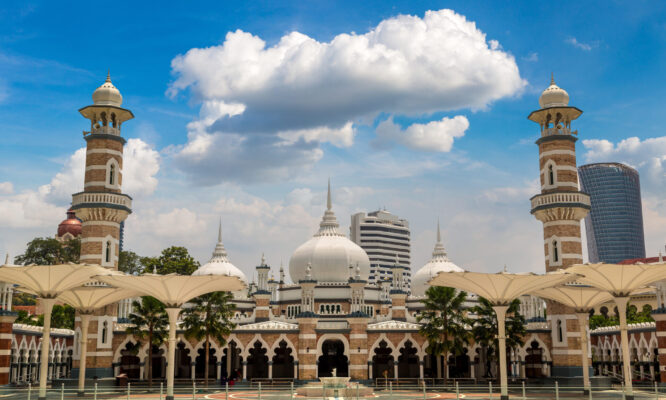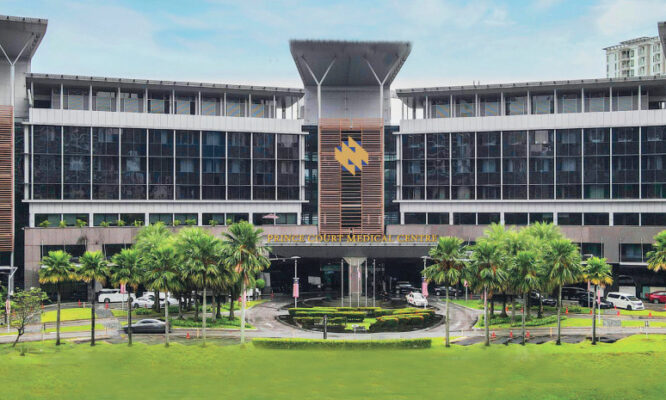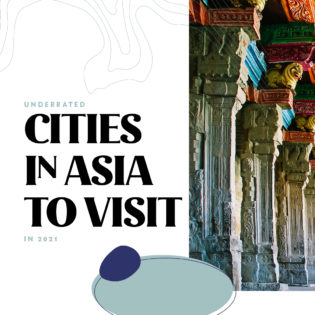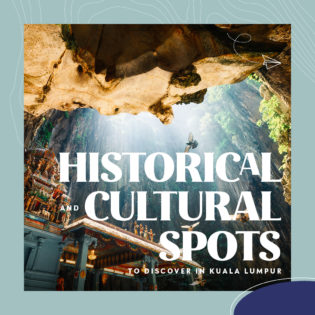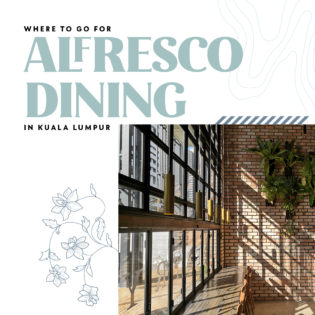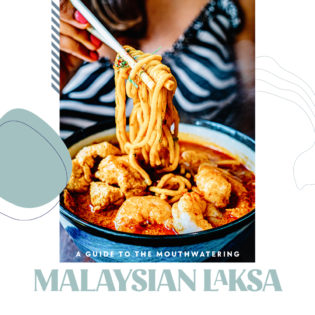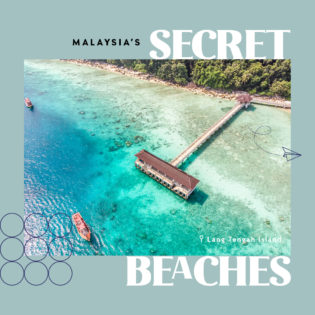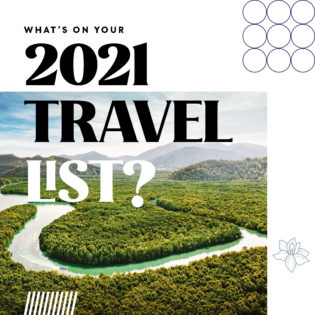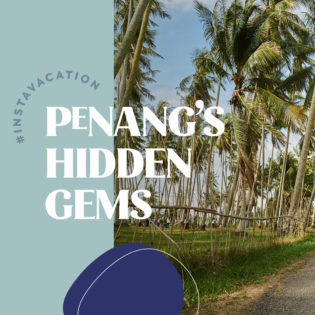Discover the traditional healing rites practiced for centuries by local herbalists, native shamans and midwifes
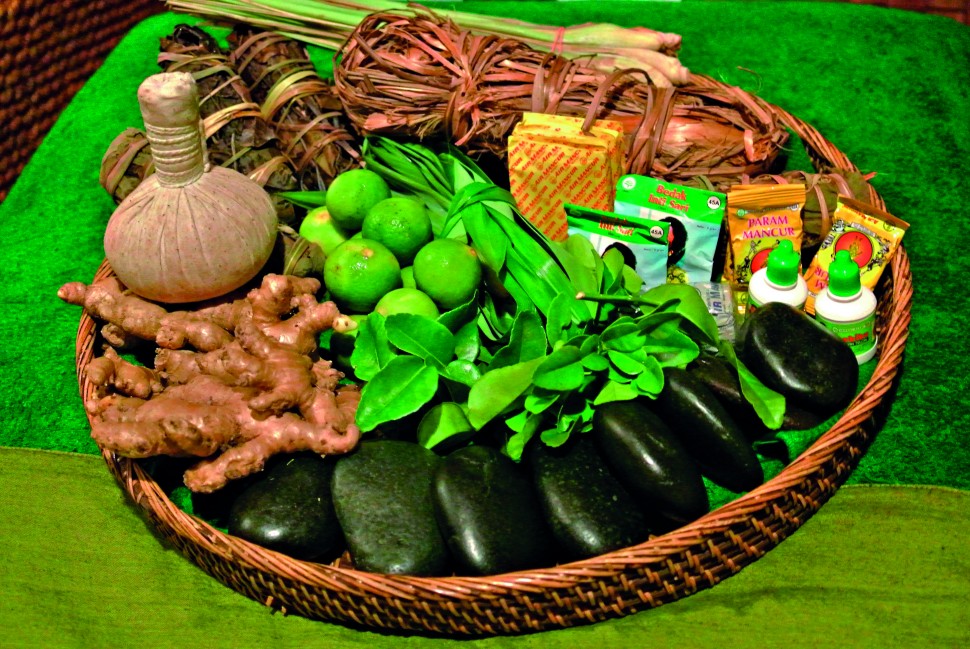
Sabah, on the magical island of Borneo, is clouded with magnificent experiences from rainforest retreats to underwater marvels, from a land rich in bio-diversity to a land home to 39 intriguing indigenous groups. With such deep cultural roots, traditions and ethnic practices have fought against the waves of modernisation to remain authentic. One such tradition is the art of ethnic massage.
Massages have been practices over thousands of years as a relief from back-breaking work in the field under the sun or in the cold, long journeys through mountainous terrain, to ease birth-giving and to heal common ailments like fever, headaches and joint pains. Massages are known throughout the world but Asia is particularly associated with this type of therapy.
For Noor Atiqah, it has always been a way of life. Her tribe, the Orang Sungai, have long lived along the riverbanks of Sandakan, some deep in the interiors with no access to medical facilities. She grew up watching her mother perform pre-natal massages for village women to ease delivery. “My mother, also a midwife, always found that women experienced faster and easier labour if they had pre-natal massages.” Since growing up having witnessed and received healing massages from her mother, Noor Atiqah is convinced of the remedial effects that massages can bring. At 50 years old, she continues this trade with great hopes of passing down her knowledge to her only daughter.
She specialises in post-natal massages at Jari-Jari Spa in Kota Kinabalu where she travels to homes of mothers’ who have just delivered to perform a ritualistic 14-day massage therapy to help restore and strengthen the body. There she steams herbs and creates a sauna, draping a thick towel over the mother’s head to expel the build-up of toxins. And then she performs the traditional massage with long deep strokes to expel “wind” trapped in the body and finally, she wraps a bengkung, an abdominal wrap infused with herbs, around the belly of the mother to get the body back into shape.
Deep in the interiors, Bobohizans, the land’s native shamans continue to give healing massages for the old and sickly. Shirley Chew, a Sino-Kadazan speaks vividly of healing ceremonies to drive away bad spirits. At the Chi Spa in Shangri-la Tanjung Aru, Chew speaks passionately about her growing interest in learning and practicing ethnic massage techniques. “I have been doing this for 13 years and I’m still amazed at the healing powers of massage combined with local herbs and oils.”
She performs the signature Borneo Therapy massage starting with a foot bath of lime and betel leaves and a scrub made with sugar, coconut oil and cinnamon. The massage is soothing with penetrating motions using her thumbs on various pressure points in the body, to unlock and release muscle tension. Then, a herbal compression filled with a concoction of ground turmeric, ginger, lime, lime leaf, betel leaf, pennywort leaf, nutmeg and lemongrass twisted into a bulb is steamed and applied on the body. Chew gently pounds the herbal compression allowing the herb extract to absorb into the skin bringing relief to the tired body.
“Techniques and rituals like this are easier to pass down if you are interested to learn but witnessing a real-life bobohizan at work brings new perspective to my job,” says Chew. Like Noor Atiqah, Chew also hopes that her children will learn the art of ethnic massage one day, but for now, they are still too young.
The time-honoured techniques of Sabah’s ethnic massages have stood the test of time and a glimmer of hope flickers for the next generation. The women’s aspiration to teach the young is a reminder that these valuable and priceless rituals woven so intricately into their ethnic history is worth preserving.
